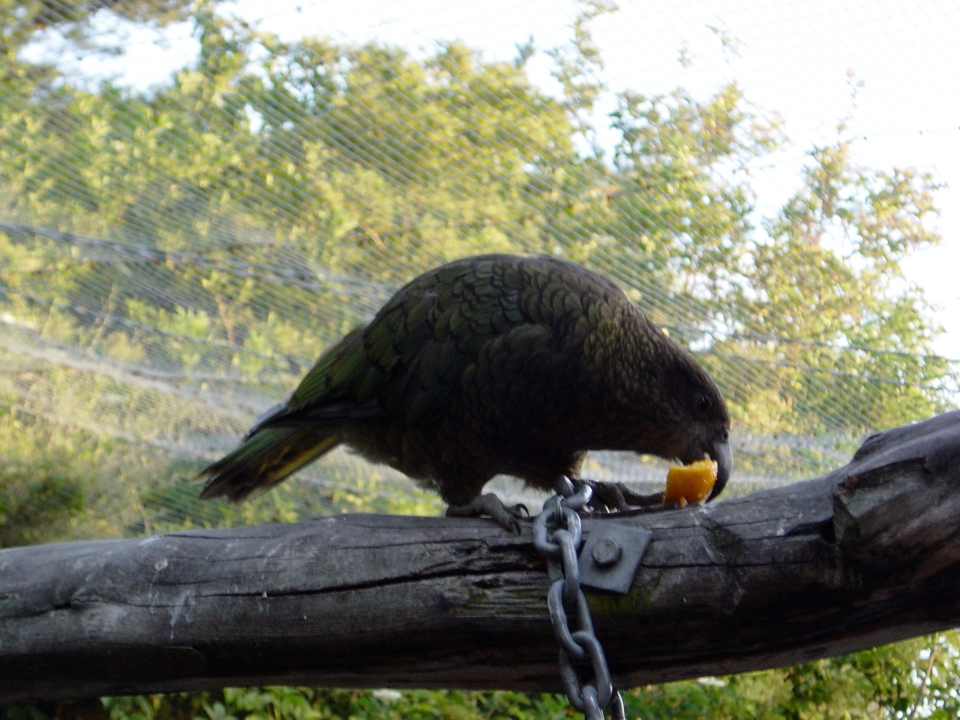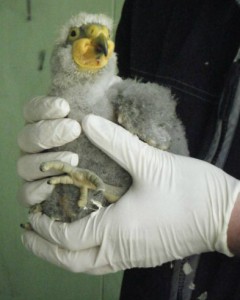You can contact LEARNZ, part of CORE Education, at:
Postal Address:
PO Box 13 678,
Christchurch 8141,
New Zealand
Captive rearing is used with a number of our endangered native species, including kea.

Some kea are held captive in New Zealand for three main purposes:
A permit is required to hold kea in captivity in New Zealand. Permits are managed by the Department of Conservation and are issued for a 5 year term. High standards must be met to hold kea in captivity. Currently there are just over 60 kea held in 20 registered facilities throughout New Zealand.
Many of these kea are genetically important and could be used in future breeding programmes.
Well-run zoos throughout the world work cooperatively to hold self-sustaining captive populations of threatened species. These populations are sometimes viewed and managed as insurance populations. They preserve important genetics to boost wild populations which have declined to a point where the total population is critically threatened.

A number of New Zealand’s critically endangered birds have captive rearing programmes like this to boost numbers in the wild.
They include:
These programmes could be adapted for kea.
Keas in captivity provide a good opportunity for researchers to study kea behaviour. All research projects must be approved as ethical so kea are not harmed.

The Kea Conservation Trust has studied captive kea to:
Captive kea allow people to learn about, appreciate and understand wild kea. Kea in the wild are often considered a nuisance and as such are still at risk from people who get angry with keas who damage their property.
It is important for people to understand that kea are highly intelligent and inquisitive and it is up to people to ‘kea proof’ their property when entering their environment.
Complete the Captive kea quiz >
How could you help educate others about kea? Come up with your own way to present guidelines to people entering kea country to help them better understand kea.